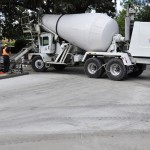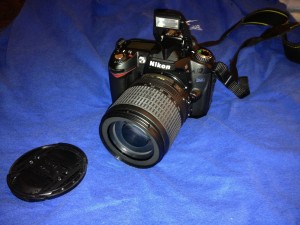It’s not a journalism book per se, but as a prospective journalist, I found a lot of information pertaining to my profession in the first couple chapters of Nathan Yau’s Visualize This: The FlowingData Guide to Design, Visualization, and Statistics. It’s one thing to present data as a journalist, it’s another thing entirely to use graphs and numbers to help tell a story, which is where I found the majority of the information I considered the most interesting and useful from the chapters.
The introduction is a brief but informative prelude to the book, and an introduction to data as a means of visualization and a teaching tool.
- Merely presenting numbers and data doesn’t present a point as effectively as a visual that properly puts into context what exactly the numbers mean. By presenting the Statistical Abstract of the United States and his graphs side-by-side, Yau shows just how much more informative and interesting visualization is. (pp. xviii-xxi)
- Much the same as anything else, you don’t need an extensive knowledge of data and statistics to learn how to produce informative, engaging graphics. It just takes some dedication, practice, and experience. (pp. xxiii-xxiv)
Chapter 1 discusses the concept of data as a story, and delves into the different types of designs that constitute graphics.
- Data is more than just numbers, and can be used (in the proper manner) as an effective and efficient means of telling a story. Though journalism is the first example mentioned, the book covers a variety of stories and social interests with which data can be presented in a useful fashion. (pp. 2-7)
- The stories we can tell with data vary, but they generally boil down to two main concepts. Those are: patterns and relationships. A graph that depicts one of those two concepts likely qualifies as informative and compelling. (pp. 8-12)
- Numbers never lie, but make sure you get your numbers correct! Date checking is a tedious, but extremely important part of the job! (p. 12)
Now that we understand the basics of data, we need to know where to find it, and what to do with it when we do. Chapter 2 of Yau’s book teaches us just that.
- Much the same way one finds stories to report on, data can be discovered through word-of-mouth, search engines, direct from the source, and library and University resources. However, if you wish to dig deeper, general data-supplying applications and topical data can help uncover data and information that is far more in-depth. (pp. 22-26)
- It’s one thing to get data that can be used as an infographic, it’s another thing entirely to format it in ways that make it easy for your readers to understand. Though the most common example is Microsoft Excel, it’s nearly useless when it comes to structuring data that a “computer can understand.” Without a format a computer can read, you have a bunch of numbers, and not much else.Delimited text, JavaScript Object Notation and Extensible Markup Language are the three most handy formats. (pp. 38-41)






